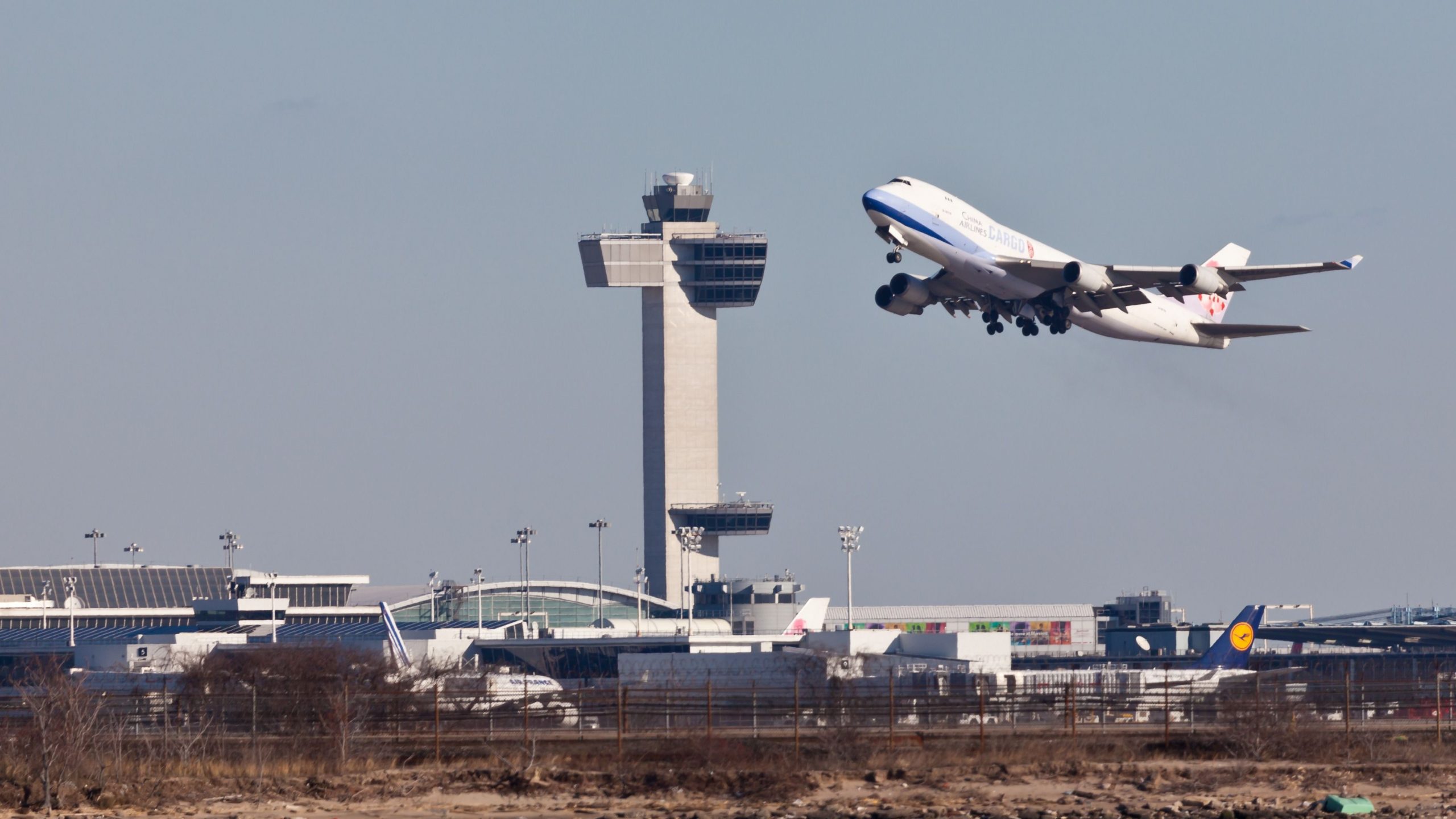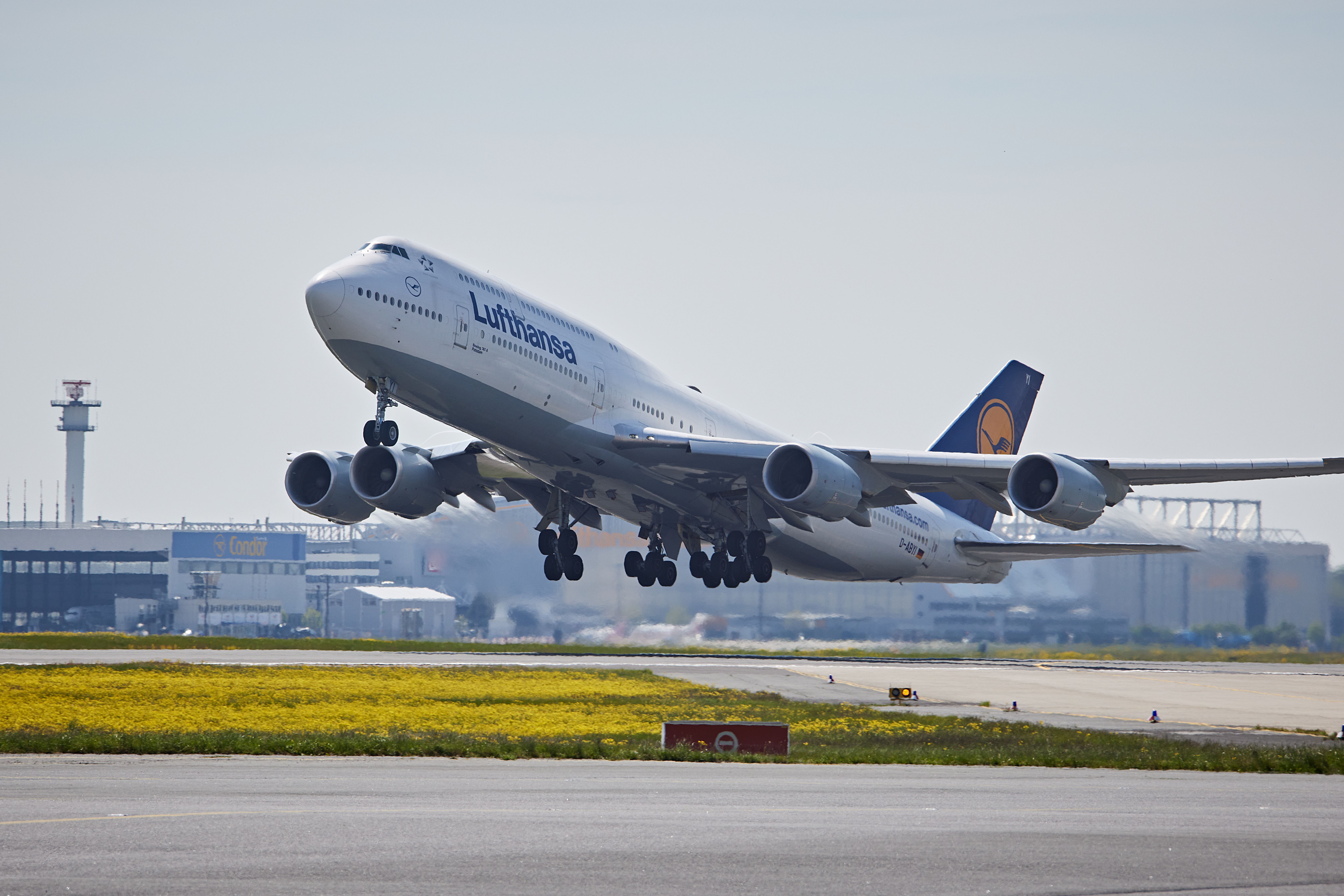Summary
- The Boeing 747, first produced in 1968, was designed for Pan Am and became one of the world’s most iconic aircraft.
- The 747 features a double-deck design and a cargo door, allowing for easy conversion into a freighter. Its cockpit is located on the top deck.
- Over 1,500 747s have been delivered in the past 55 years, with Atlas Air being the largest operator, followed by British Airways and Lufthansa.
One of the world’s most famous aircraft rolled out of production 55 years ago. The Boeing 747 was first produced in the Boeing Everett facility on September 30, 1968.
Production of the long-range widebody
The Boeing 747 was initially designed for Pan Am. The airline wanted an aircraft that was two and a half times the size of Boeing’s previous project, the Boeing 707. Pan Am would take delivery of the first 747 in January 1970. The large aircraft’s size of production forced Boeing to build a new assembly plant. This led to the construction of the famous Everett factory, which is the largest building by volume in the world.
The 747 has a famous double-deck on part of its fuselage. This was designed to allow the aircraft to be easily converted into a cargo freighter when a cargo door is installed. The cockpit is also located on the top deck to ensure cargo can be loaded on the main deck.
The aircraft’s default configuration sat passengers in a 10-seat wide economy seating. This default configuration could carry 366 passengers, split into three economy classes. The initial maximum takeoff weight for the 77 was a staggering 735,000 pounds, although the 747-8 increased the maximum takeoff weight to 970,000 pounds. The 747 also spouted a 37.5 degree wing sweep which helped the aircraft reach a cruise speed of 490 knots. The range for the aircraft was initially set as 5,300 nautical miles, although the -8 variant increased this to 8,000 nautical miles.
The 747 would go on to be made into several different military variants as well. The 747 led to the E-4 Emergency Airborne Command Post, the Air Force One, and even a Space Shuttle Carrier. The aircraft also has a pod to carry a non-functioning fifth engine. Virgin Orbit utilizes this pod to carry an orbital-class rocket to cruise altitude where the rocket is deployed.
First flight
The aircraft first rolled out of production in 1968. The aircraft would fly for the first time on February 9, 1969, and then go through an extensive testing program. The first flight was a success despite a minor problem with one of the flaps. The flight testing showed that the large aircraft handled extremely well.
The aircraft was granted its FAA airworthiness later that year in December. Pan Am accepted delivery of the first 747 on January 15, 1980. The aircraft entered service the next week. On January 22, the 747 flew Pan Am’s New York to London route.
End of production
The Boeing 747 continued production until earlier this year. The last aircraft completed production on December 6, 2022, and was delivered on January 31 this year. The final aircraft was delivered to Atlas Air.
Photo: Lufthansa
Over the last 55 years, over 1,500 747s were delivered. Over 450 of these aircraft are still in operation today. Atlas Air is the largest operator of the aircraft, flying 111 aircraft. British Airways operated over 100 aircraft as well, although the airline retired its fleet in 2020. Lufthansa is the largest commercial operator today, as it currently flies 27 747 variants.


